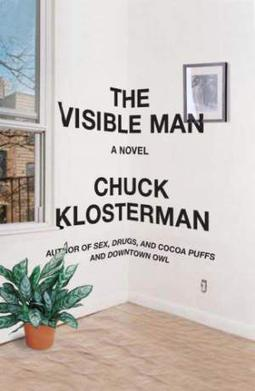SPOILERS
Hey everyone, I’m
back with another book, this one titled Rez Ball. This book is about a Native
American basketball player whose brother recently died, and about him trying to
live up to his teammates’ expectations of him on the team. Tre Brun is a Red Lake,
Minnesota Native American, and as a freshman, he starts on a very good
basketball team. It's so good that Tre takes the team to the state
championship, eventually winning the entire state title. This book is a great
topic to discuss because our class book is also about a Native American male.
Tre’s team travels to
a bunch of different towns and their relationship with each town differs along
the way, but in the players’ minds and mine, the best venue was in Minneapolis
for the championship. They got to play at the Minnesota Timberwolves stadium as
high schoolers. It’s those types of experiences that shape a person into who
they become as an adult, especially for a reservation team. This team is the
definition of rags to riches, with a town court so bumpy the players calculate
ways to use them to their advantage.
Rez Ball, short for
Reservation Ball, follows Tre Brun’s success story. This book made me really
into sports novels for a long time because of the feel-good feeling at the end.
Along the way to the championship, Tre gets drunk with his teammates and gets a
date, so there are lots of ups and downs to this story, which is what makes a
good book in my opinion. Call me shallow, but I also like books with happy
endings at the end. Rez Ball was a fantastic read, and if you are a sports fan,
I really recommend this book to you. I hope everyone has a wonderful week!

